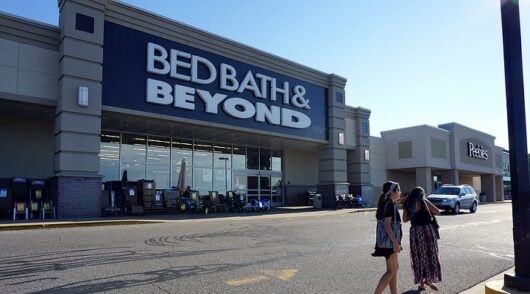Online shopping has exploded in the last few years, as more and more consumers turned to e-commerce to fulfil their buying needs as stores and movement were restricted.
And for many businesses, the best way to harness this increase in online shopping and power online is through a marketplace model – which tends to lead to higher levels of growth when compared to a traditional e-commerce website, according to data from marketplace SaaS platform Mirakl.
“What’s key is that by being innovative and taking on this marketplace concept, our studies show that businesses are able to capture two or three times the growth of e-commerce sites,” said Mirakl’s head of growth for Asia, Alexis de Fontenay.
In saying that, pulling together a marketplace isn’t something that can be done overnight.
Last month, thought leaders from several of the biggest online marketplace businesses across Asia Pacific – Central Group, Decathlon and Catch – got together to discuss how they have found success in the space, and what advice they would give to brands looking at going down a similar path to the one they’ve already carved.
Here are three key takeaways from the talk, which can be watched in full here.
Marketplaces are worth it, but they require a new mindset for retailers
Online marketplaces make it possible to meet more of customers’ needs. By inviting high-quality, trusted third-party sellers onto their e-commerce sites, retailers can expand their offers online, deepening their assortment in core categories and even entering new ones, without the cost and risk associated with buying, storing, and shipping inventory.
To maximise the benefits of the marketplace model, retailers need to be prepared for a new way of doing business.
“Bringing a new business model [to life] is not easy,” said Justine Bystrzejewski, omnichannel director of Central and Robinson Department Stores at Central Group.
“It’s a big change. It’s a different way to look at the [profit and loss], at the margin, at everything. It requires a lot of effort in terms of changing the [business] mentality, but also in terms of training, onboarding and convincing the teams. So, be ready for that.”
The effort is worth it, said Bystrzejewski, but to make the most of the investment, businesses looking at kicking off their own marketplace project should make sure they have a clear strategy in place before launching.
“How do you position your marketplace? What’s the value [proposition]? Which brands do you think you can get? You need a clear objective as a minimum requirement before even considering opening up a marketplace,” Bystrzejewski said.
Focus on the sellers
Undoubtedly the most important part of retail is product. But in a marketplace setting, the most important part of an offer’s success are the partners and brands that are able to come to the table to flesh out and improve it.
This is, according to Catch’s partnerships and category manager Tim James, the factor that will define how quickly a marketplace can grow.
And making it as easy as possible for potential sellers is key.
“The technology piece cannot be underestimated,” James said.
“A lot of retailers that come to us are polished retailers – they know retail, they know how to market a product, they are aligned with marketplaces [to solve their] user experience and online merchandising. [But] actually getting sellers onboarded to your platform is often the most challenging part.”
How Catch ensures its partnerships are positive for all parties involved is by thoroughly understanding what its sellers are trying to achieve – both domestically and internationally – and align with them on as much as possible, from product and technology, to finance and fulfilment.
“We place an enormous importance on seller performance and product compliance because it doesn’t just augment the positive experience on our marketplace, but also delivers on our vision of becoming the trusted place where Australians start their shopping journey as well,” James said.
But don’t forget about the customers
Obviously, an offer with great sellers but no customers wouldn’t last very long, so it’s important that marketplaces listen to their customers, learn from their behaviour, and adapt what they’re already doing to better align with what their customers want.
The rich data that marketplaces provide do just that, making it possible for retailers to gain even more insight into what their customers do – and don’t – want.
The best product, the best content, the best price, the most convenient – all of these dimensions will allow a seller’s offer to come to the top of the list, and it will become clear what is working and what isn’t, according to Decathlon Hong Kong co-CEO Lisa Noraz.
“When you want any business to scale and be successful, you have to be ready to measure every step of the journey and react quickly,” said Noraz.
“At Decathlon We’re all about focusing on our users’ satisfaction, mental health and physical health – we figure out ways to serve them better… Focus on them, and know what satisfies them so you can do better [next time].
“It’s all really about [learning] what the users are looking for,” and then both the platform and sellers have to excel in it.”
To learn more about how these brands are driving growth in their businesses through a marketplace model, watch the full webinar here, or contact Mirakl here.






